On 3 May 1956, the first broadcast was transmitted from Granada Studios in Manchester. Despite the glamorous-sounding name, these studios had nothing to do with sunny Spain. Instead, they emerged from the rubble of a bombed-out part of the city in the shadow of the Second World War. Granada had been a southern cinema chain since the 1930s, with a name chosen to sound remote, exotic and escapist, just as theatres in the area did at the time. Allegedly, the name also came from a pleasant holiday Cecil Bernstein had shortly before forming the company.
Cecil, along with his brother Sidney, decided to branch out into television production in the 1950s. They created Granada Television, a regional television network broadcasting to audiences in the North-West and Yorkshire. The idea came to the brothers in at least 1954, when they made a bid to license the company, and 18 months later Granada Studios in Quay Street, Manchester, was ready to be the new home to the young television franchise. Granada Studios predated BBC’s Television Centre by four years, making them the first purpose-built television studios in the UK.
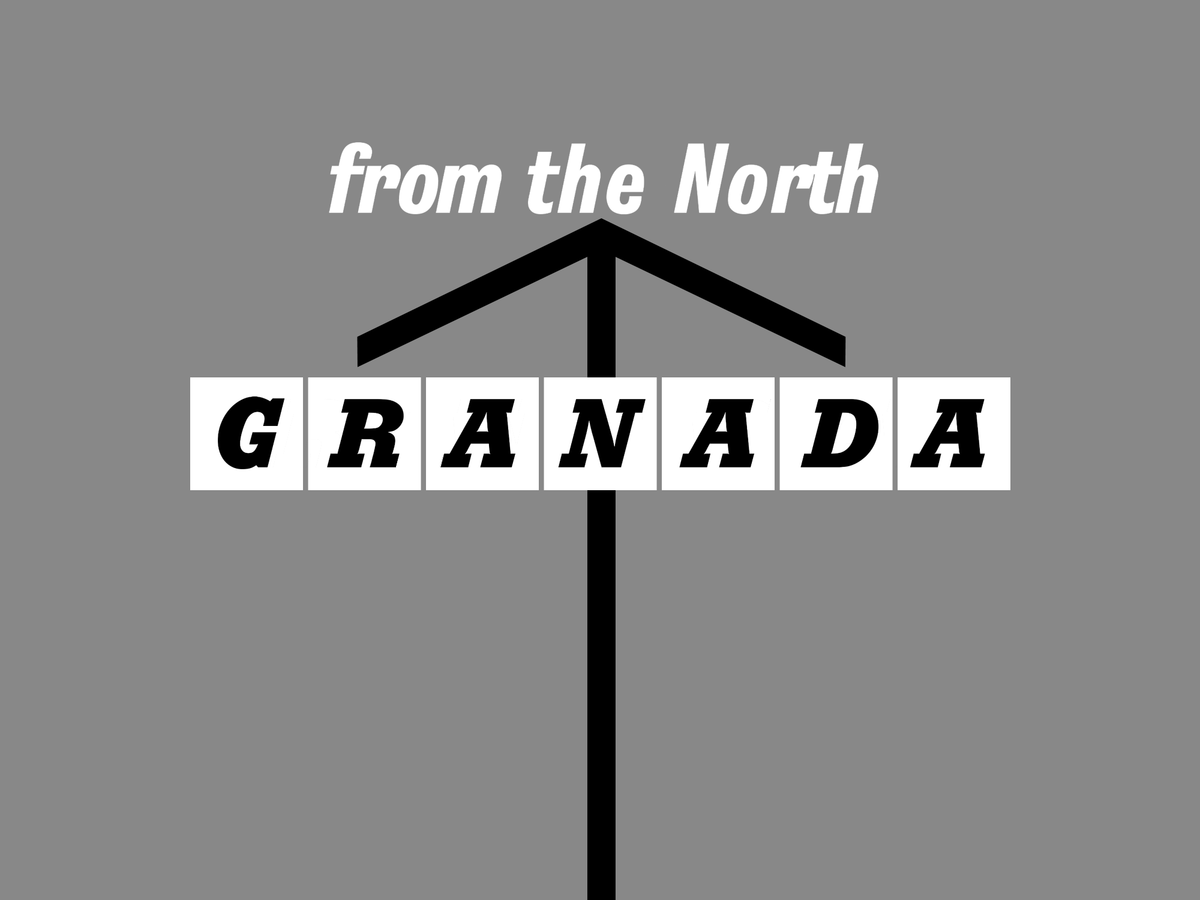
Granada was formed with a strong Northern identity, prioritising voices and stories from the area. Sidney Bernstein saw his network as a rival to the BBC, but not a stopgap to reach London; as part of his commitment to the North he refused to hire anyone that would not live or travel into Manchester. In the 50s Bernstein reported “I think that what Manchester sees today, London will see eventually”, further emphasising his focus on the North as his target audience.
Granada’s home in Quay Street was an iconic part of the Manchester skyline for many years, housing the red glowing Granada sign which today lives in the Science and Industry Museum’s collection. The sign was torn down in 2010 when a health and safety inspection revealed various hazards. By the time the Granada sign was pulled down, the name itself was already a relic. In 2002 several television franchises merged to form ITV Granada; however, by 2009#, all Granada branding was removed from content production, unifying television shows under one name: ITV.

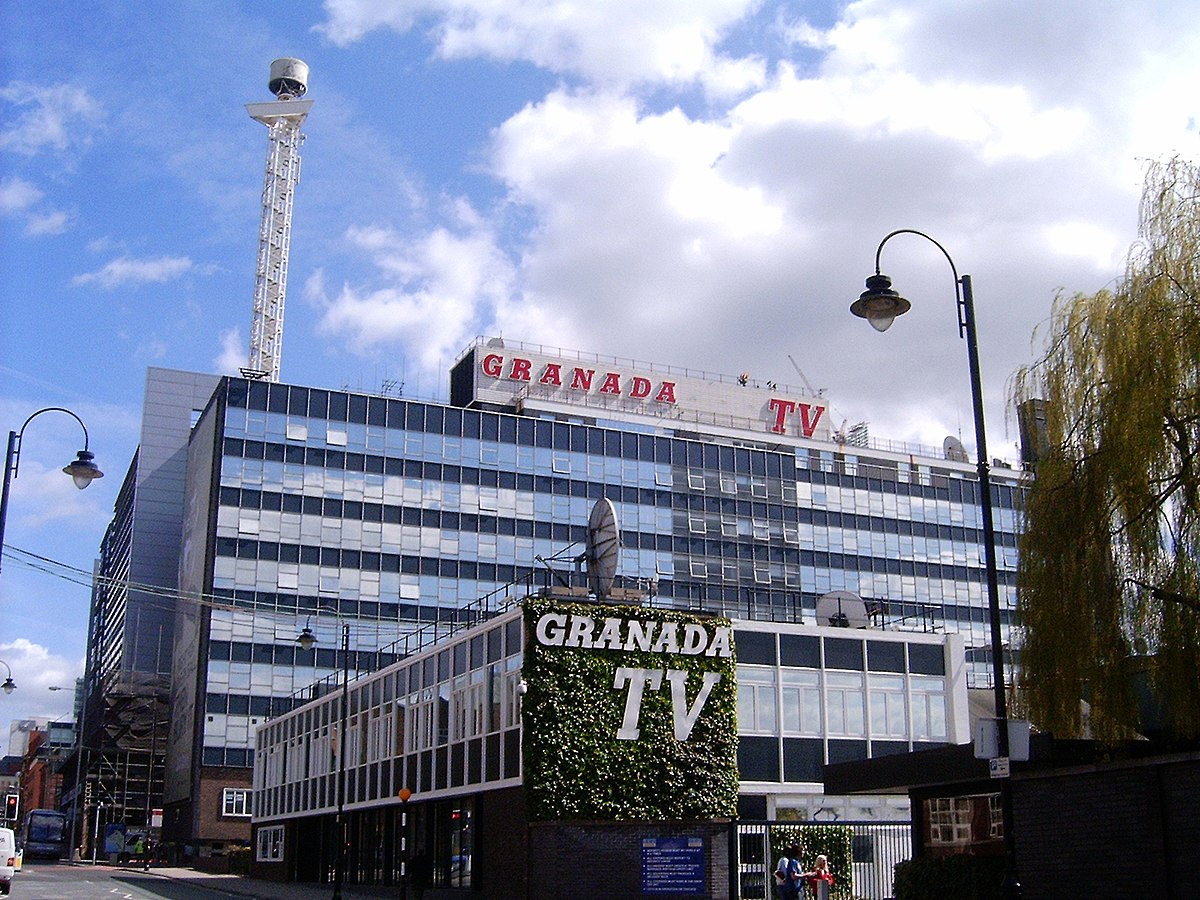
Whether it was Granada or ITV, the Northern-based television network told stories that represented the culture of the North. One of its flagship programmes was and is, of course, Coronation Street. The iconic soap opera got off to a rocky start: Sidney Bernstein had not wanted the show to go ahead, and early reviews suggested he was right to be sceptical, with the Daily Mirror reporting on 10 December 1960 (one day after the first broadcast) that the show was “doomed from the outset”.
Naysayers be damned; the show has since gone from strength to strength. One year after Coronation Street started, Granada was broadcasting to three million homes in the Northern region. Studio tours including the Coronation Street set started in 1988 and ran until the soap started producing five episodes a week. At this point, the tours stopped since the set was needed more often to keep up with demand.
A number of Coronation Street images are available in the National Science and Media Museum’s collection, including Elsie Tanner’s wedding from 1967, a Christmas promotion that ran in the early 1960s, and my personal favourite—Alfred Hitchcock at the doors of the Rovers Return. The Hollywood film director did not direct an episode of Corrie, as much as I wish he did, but was instead snapped during a visit to the studios to meet his friend, Sidney Bernstein. Bernstein and Hitchcock had worked together on the films Rope and Under Capricorn in the 1940s.
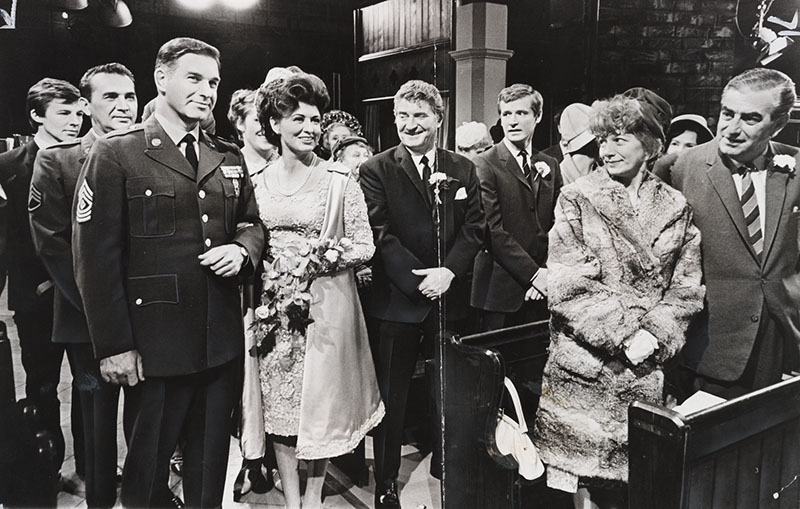
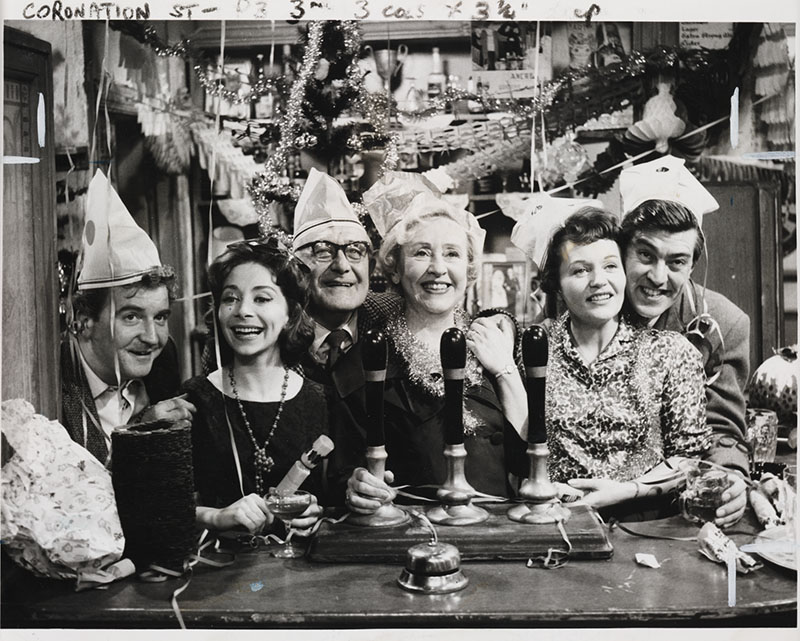
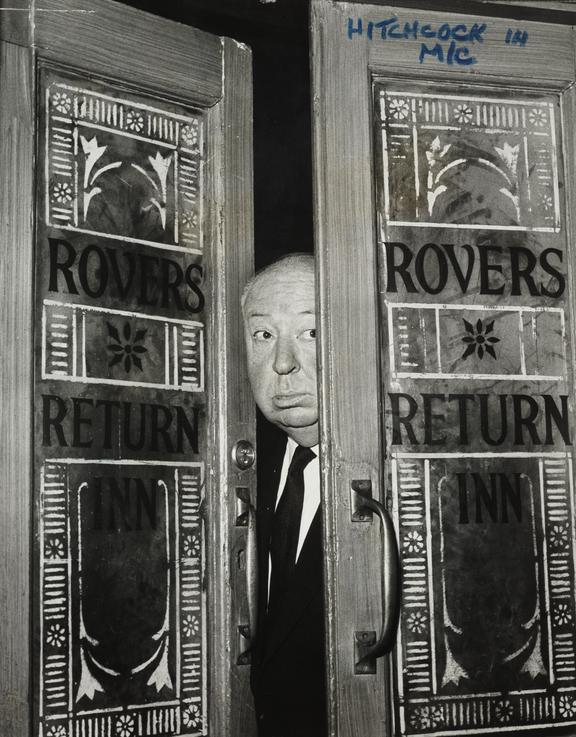
In its heyday, Granada was home to more than just soaps. It also broadcast some theatrical performances which paved the way for inclusive storytelling. In our collection we have a still of ballet being performed for the screen, bringing art to the masses. This determination to bring high quality artistic works to the public explains some of the groundbreaking programming at Granada, including their broadcasting of the first interracial kiss on British TV in 1962, which happened during its Play of the Week.
Granada was also responsible for some groundbreaking documentaries, including a favourite of mine, Seven Up!, which told the story of 14 children from 1964, and recently ended with a three-episode run of 63 Up which told us where the subjects were in 2019. The documentary was one of the first ‘reality TV’ programmes of its time and told the story of people from all walks of life, revisiting them every seven years.
Many of the flagship Granada Television shows have been around since the early days, with Coronation Street starting in 1960, University Challenge first broadcasting in 1962, and Seven Up! starting in 1964. Granada was even responsible for the first live football match broadcast on independent television, beaming the European cup semi-final of 1957 to the homes of its new customers.
Television programmes started by the Granada brand live on today, as does the spirit of the company, even if the name now lights up our museum store rather than the Manchester skyline. Granada Studios was formed to tell Northern stories to Northern people, and it did just that.
A very interesting article by my very talented niece.
Great article. Granada was also the first ITV company to broadcast in the Welsh language! It began producing ‘Dewch i Mewn’ in September 1957 in ‘Granadaland’ which extended to Ynys Môn/Anglesey. The programme was later taken by TWW when it started broadcasting to south Wales and the west of England from January 1958 onwards. the only programming permitted to be broadcast outside of the government-prescribed fifty hours of broadcasting was Welsh-language programmes. By transmitting ‘Dewch i Mewn’ two to three times a week, Granada succeeded in increasing its air time. The company could ‘bank’ the minutes devoted to advertisements during the transmission of the ‘Welsh Programme’ – as it was known in Granada – and add them to peak-time viewing due to the fact that Dewch i Mewn fell outside the standard hours. The commercial benefits for the company were obvious – increased advertising revenue as a result of extra advertising time during the premium-rate peak hours. The second explanation is also advertising-related. The ITA had allowed television companies to charge more for advertisements within ‘foreign-language’ programmes. In Sidney Bernstein’s eyes, Welsh was a foreign language for a Manchester-based television company and so it was a shrewd business move as opposed to any cultural sympathy which led to the launch of ‘Dewch i Mewn’.
Is it possible to see granadas first night or parts of it